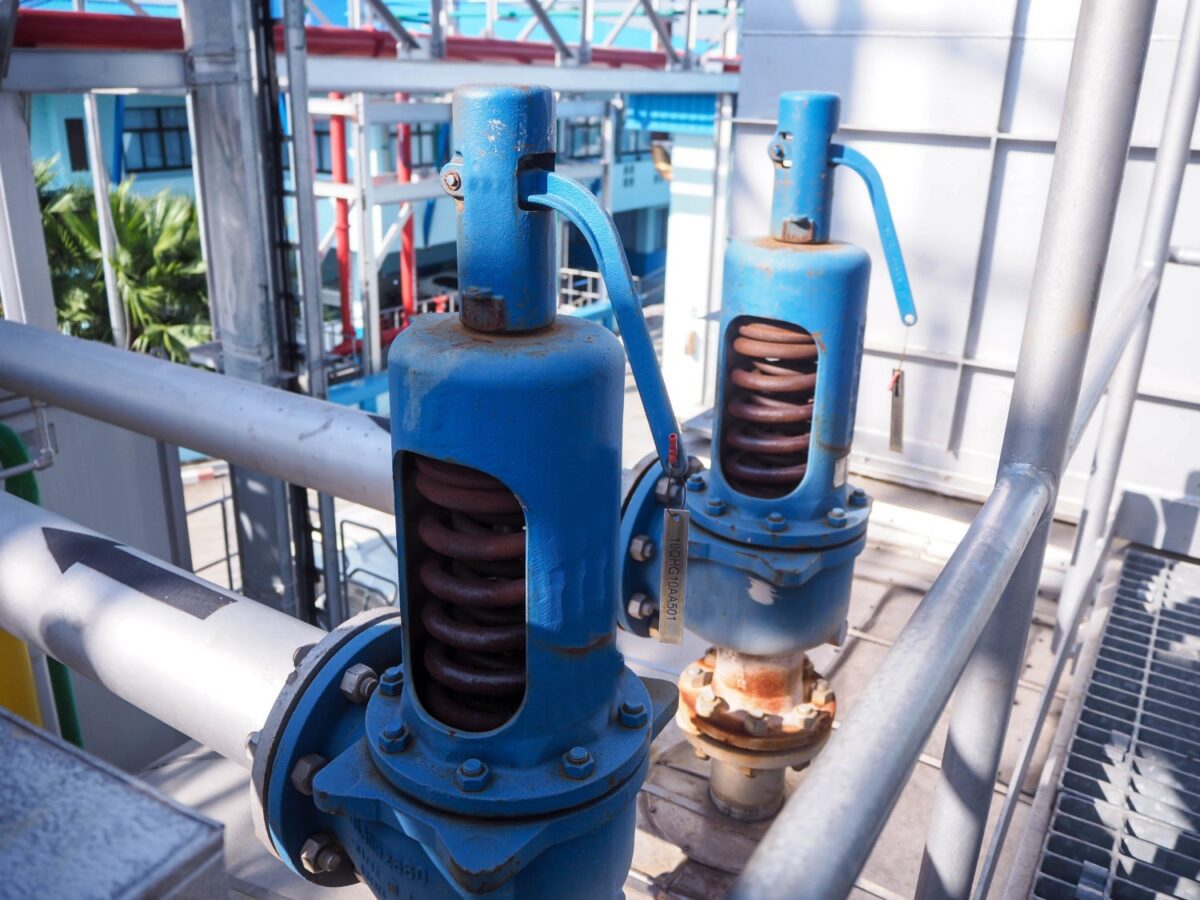Correctly sizing a pressure relief valve is crucial for ensuring safety in any system where pressure is involved. Whether you’re working in industrial engineering or managing systems at home, understanding how to size these valves properly can prevent accidents and enhance the longevity of your equipment.
In this article, we will explore the key steps and considerations involved in sizing a pressure relief valve. This will include understanding the necessary parameters, selecting the appropriate type of valve, and ensuring compliance with industry standards. By the end of this guide, you will have a comprehensive understanding of how to size a pressure relief valve effectively.

Understanding Pressure Relief Valves
Pressure relief valves are safety devices designed to protect equipment and systems from excessive pressure. They automatically release pressure when it becomes too high, preventing potential damage or catastrophic failure.
Types of Pressure Relief Valves
There are several types of pressure relief valves to consider, including:
- Spring-loaded Pressure Relief Valves
- Pilot-operated Pressure Relief Valves
- Balanced Pressure Relief Valves
Each type has specific applications and advantages, making it important to choose the right one for your needs.
Factors to Consider in Valve Sizing
Flow Rate Requirements
The flow rate is a critical factor in determining the size of a pressure relief valve. It refers to the volume of fluid that needs to pass through the valve to maintain safe pressure levels. Calculating the correct flow rate is essential for effective pressure relief.
Operating Pressure and Temperature
Consider both the operating pressure and temperature of the system. These parameters will influence the choice of materials and design of the valve, ensuring it can withstand the systems conditions.
Set Pressure
The set pressure is the pressure at which the pressure relief valve will open. It must be carefully determined to ensure the valve operates effectively without causing unnecessary interruptions.
Steps to Size a Pressure Relief Valve
Step 1: Gather System Data
Start by collecting all relevant data about the system, including flow rate, operating pressure, and temperature. This data will form the foundation for your valve sizing calculations.
Step 2: Perform Calculations
Use the gathered data to perform calculations that will determine the appropriate size for your pressure relief valve. These calculations often involve complex formulas and may require specialized software or engineering expertise.
Step 3: Choose the Right Valve Type
Based on your calculations, select the type of pressure relief valve that best suits your application. Consider factors such as response time, installation requirements, and maintenance needs.
Compliance and Standards
Ensure that your chosen pressure relief valve complies with relevant industry standards and regulations. This compliance is critical for safety and legal reasons. Organizations like the American Society of Mechanical Engineers (ASME) provide guidelines that must be followed.
Common Mistakes and How to Avoid Them
Over-sizing or Under-sizing
One of the most common mistakes is incorrectly sizing the valve. An oversized valve may lead to unnecessary system interruptions, while an undersized valve could fail to provide adequate pressure relief.
Ignoring Maintenance Needs
Regular maintenance is crucial for ensuring the long-term performance of your pressure relief valve. Neglecting maintenance can lead to valve failure and increased safety risks.
Conclusion
Understanding how to size a pressure relief valve is essential for maintaining a safe and efficient system. By following the steps outlined in this article, you can ensure that your valve is correctly sized and compliant with industry standards. For more information on maintaining safety in your systems, consider visiting Accutest Systems.

FAQs
What is the role of a pressure relief valve?
A pressure relief valve protects systems from excessive pressure by releasing pressure when it exceeds safe levels.
How do I know if my valve is the right size?
Proper calculations and consideration of system parameters will help ensure your valve is correctly sized.
Can I adjust the set pressure of my valve?
Yes, many valves allow for set pressure adjustments, but it should be done carefully to maintain safety and compliance.
This article contains affiliate links. We may earn a commission at no extra cost to you.



